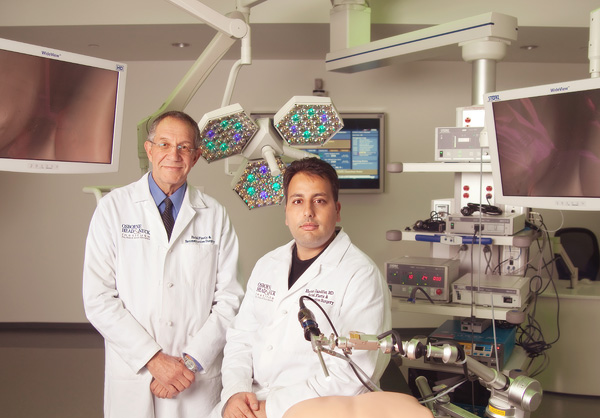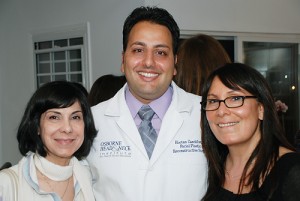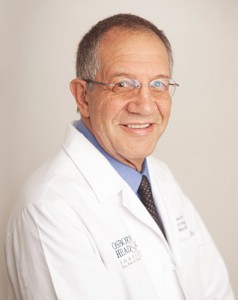- Shingles and Facial Nerve Damage - May 1, 2014
- Tattoo Removal - October 23, 2013
- Folliculitis: Frequently Asked Questions - April 12, 2011
- Adenoids: Frequently Asked Questions - April 12, 2011
- Serum Injection - September 17, 2010
- Treatment of Acne and Rosacea - September 10, 2010

In the United States Millions suffer from acne breakouts and rosacea. “Although two different diseases, acne and rosacea have a lot in common when it comes to the disease process. Essentially they both result from plugged and infected pores” states Dr. Raphael Nach of the Center for Facial Plastic and Reconstructive Surgery at the Osborne Head and Neck Institute. While Acne breakouts tend to occur during teenage years as changes in hormone levels begin to alter the skin’s glandular secretions, rosacea usually affects middle to late age individuals and the exact propensity to this problem is not well understood.
According to Dr. Nach, the treatment for both of these diseases is very similar and centers on a few simple approaches. He clarifies this by saying, “First, we try to keep the pores clean and open to prevent problems from occurring. This is usually done by the use of deep cleansers and toners and avoidance of thick pore clogging materials. Second, we treat the infection, and this is typically done with topical or oral antibiotics. Third, we try to open plugged pores and we can accomplish this by using regular and routine light peels such as trichloric acid peels. Finally, we try to remove the troubled skin cells and we can accomplish that with deeper peels or lasers such as a photofacial treatment.”
A recent advancement in treatments of acne and rosacea breakouts has been a combination of peeling and laser treatment. This treatment involves the application of alpha-Linolenic acid to the skin. It is then allowed to stay on the skin for about 45 minutes so that it can penetrate and be absorbed by the infected and damaged cells. After 45 minutes, a photofacial is then performed using an IPL laser. This activates the acid inside the cells and thus allows us to get rid of the damaged cells. “This treatment has been effective not only for acne and rosacea, but also for removing Actinic Keratosis (pre-cancerous skin lesions).” Adds Dr. Zandifar, Director of Skin Center at the Osborne Head and Neck Institute. “It has allowed us to remove the damaged skin in fraction of the time that we could in the past with the use of topical medications.” Dr. Zandifar recommends this treatment yearly, for his patients who have had previous skin cancers or biopsy positive Actinic Keratosis of the skin in order to prevent further development of cancer. For further details visit us at www.ohniskin.com.



